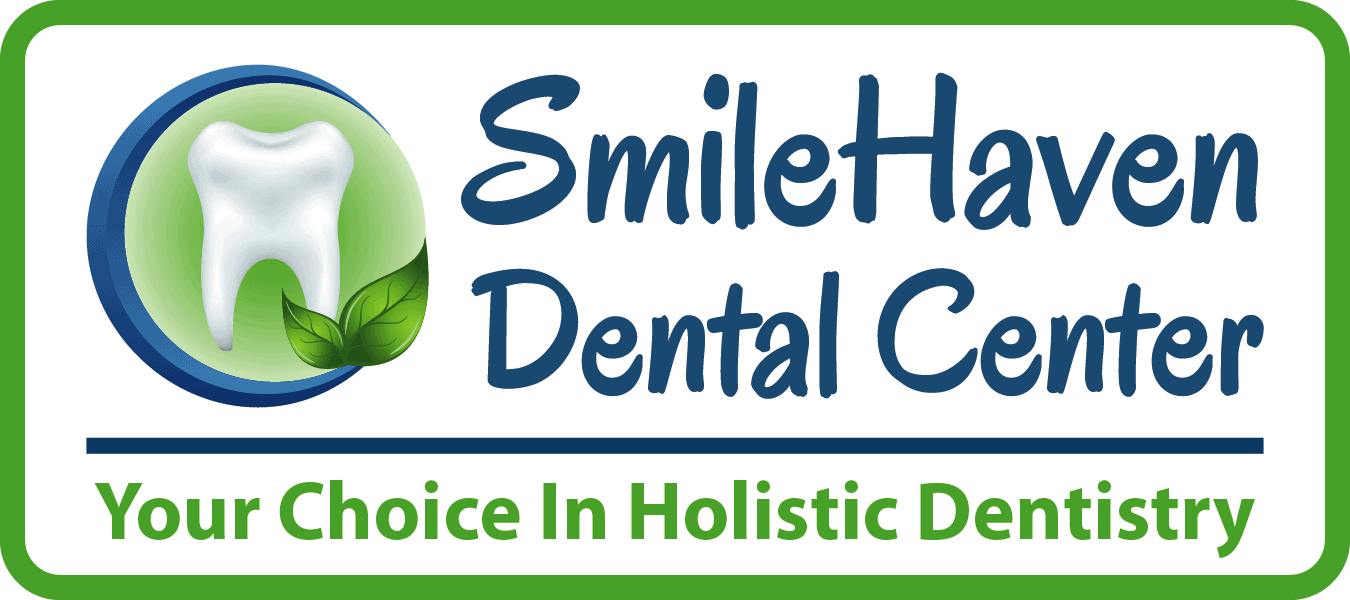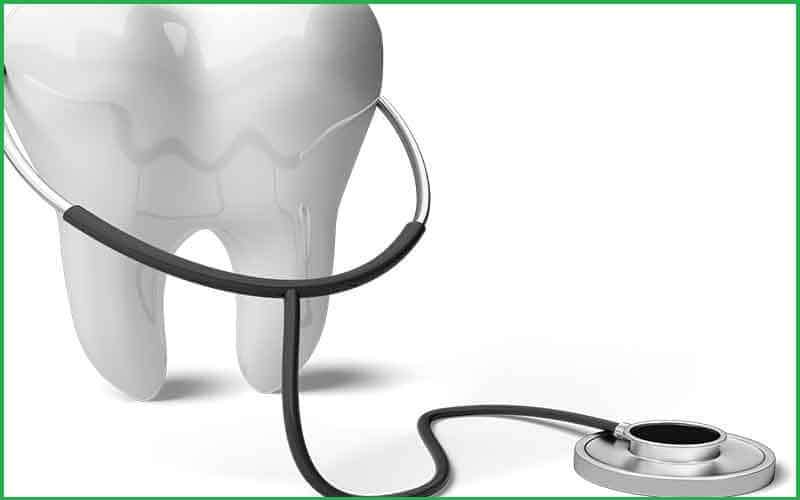There is a bright future in dentistry in the next 10 to 20 years, if not sooner. According to Dr. Lawrence Tabak, director of the National Institute of Dental and Craniofacial Research, a whole new set of tools will be available to identify individuals with the greatest risk for the variety of oral diseases and conditions that the profession now faces. Diagnostic tools such as genome association studies and the identification of relevant biomarkers found in saliva.
Saliva, is said to be the widespread of research interest because it holds the potential to impact dentistry’s future position in the overall health care arena. Although this is further into the future, identifying biomarkers will allow us to create interventions that are personalized to an individual. The fact is not everybody metabolizes medicine the same way. If we can predict early on that a particular individual will need a particular medicine, we can personalize the level of the medication to best match the individual’s makeup and their ability to metabolize it. The way caries and gum disease are being handled and treated are going to be dramatically different than it is today. Prevention is still the key but there will be focus on restoration of form and function. We will have the means on identifying people who are most susceptible and the early stages of diseases. Interventions may allow us to remineralize and reverse the disease process. We will be able to alter the bacterium present to a more healthy bacteria group in periodontal (gum) disease. As for oral cancer, early stage identification would allow us to institute therapies that would help reverse the progression so it never proceeds beyond that point.
Dentistry will have an arsenal of ways to tackle the various devastating diseases and conditions requiring restorations including diagnostic and prevention measures. With the promising stem cell research and tissue engineering and even gene therapy, dentists will be able to achieve what was impossible before.
In this regard, Dr. Gerard Kugel, associate dean for research at Tufts University School of Dental medicine, sees the real future and the real breakthroughs, coming from tissue and biomedical engineering research, including stem cell research. They are finding ways to grow bone on matrix so that they can replace bone that are lost both periodontally and post-surgically. Also included are growing primitive teeth from stem cells in the hopes that someday, replacing missing teeth by regrowing them can be possible.
Although these researches may not be implemented in practice yet for another 20 years or 30 years, its beginnings are happening now. It is all possible.
The idea of replacing any structure and tissue in the mouth damaged by pathologic disease or trauma using the regeneration techniques being studied right now is the future of dentistry.
“Today, we may be talking about what materials to use to build up a broken-down tooth,” says Dr. Kugel. “Tomorrow, you may be talking about how to regrow enamel and dentin on that broken-down tooth.”
There have also been studies being conducted in coming up with a caries vaccine. We have the science to make it possible to come up with the right vaccine that will battle the bacteria responsible for tooth cavities in the mouth. This vaccine intercepts the accumulation of bacteria thereby delaying them from colonizing in the mouth to prevent the onset of decay. This vaccine would make a monumental difference in the prevention of decay among children – particularly in populations that don’t have very good access to care.
For questions, please call 619-464-2801 for an appointment. We are located on 4700 Spring St., Suite 210, La Mesa, Ca. 91941.

